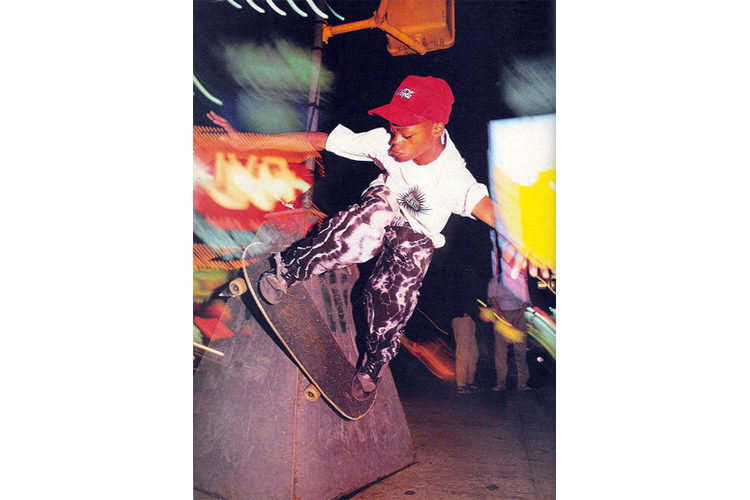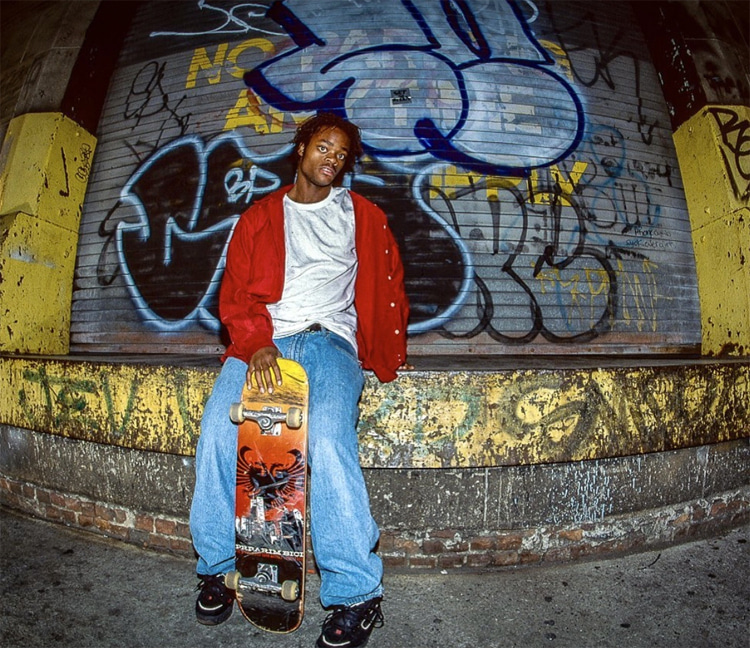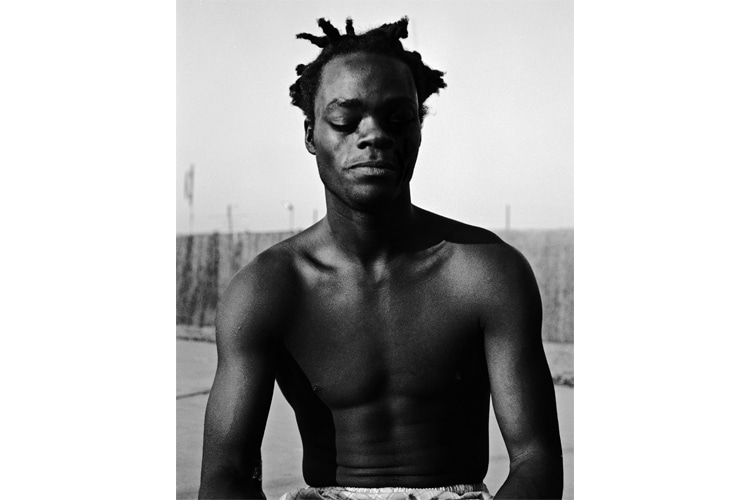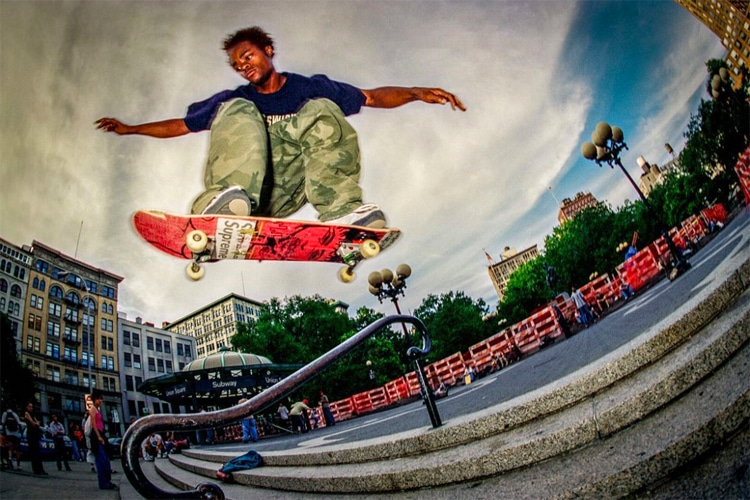Skater, actor, comedian, and dancer Harold Hunter is an icon of the New York City skateboarding scene whose heel flips are a trademark of the sport.
Harold Atkins Hunter was born on the Lower East Side of Manhattan in New York on April 2, 1974.
Hunter lost his mother when he was a child, so he was raised by family members in the Campos Plaza Community Center.
Harold had three siblings - Ronald, Michael, and Rebecca.
He picked up skateboarding from an early age, much to the dislike of his siblings, who thought it was a white-only pastime.
The youngster's exceptional talent caught the attention of readers and companies when Thrasher magazine published a photographic feature on the New York City skating scene in 1989.
His smooth riding style and bold, magnetic personality were already noticeable from an early age, and that was precisely what the industry needed in the 1990s.

Harold Hunter: a talented skater from a very early age | Photo: Charlie Samuels
A Magnetic Personality
The goofy-footer was also a funny character, always ready to entertain and crack some jokes while skating and shooting videos.
"I remember he would ask me to film him skating on West Broadway a lot, not because it was a good spot to skate but because it was a great spot to be seen by beautiful models!" videographer R. B. Umali once recalled.
"I would always have to stop and wait for him in between tries as he was trying just as hard to get some fly girls' phone numbers as he was trying to land his trick. Harold made me laugh so much."
Soon, Harold Hunter was riding for Shut Skateboards, Underworld Element, American Dream Skateboards, Skate NYC, and Rodney Smith's Zoo York.
In 1995, the skateboarder played the role of himself (Harold) in the controversial 1995 movie "Kids" directed by Larry Clark.
The film amplified his popularity as one of the best performers at Union Square, Brooklyn Banks, Washington Square, Tompkins Square Park, and many other Lower Manhattan skate spots.
Hunter ruled staircases, stoops, benches, handrails, and facades as only a few street skaters did, and his skills were inspiring.
Fame brought him a modeling deal with Tommy Hilfiger and appearances in the TV series "Kung Faux" and "Miami Ink."
In the reality show, Hunter got a tattoo from Chris Garver featuring a skater ollieing in front of the World Trade Center towers with the words "New York City" and "Sk-8 or Die" on his upper arm.
It was a tribute to the talented black skater's deep NY origins.
"Hunter was a walking party," his friend Billy Rohan recalled. But he also promoted the inclusion of black and Hispanic riders in the skate scene.
Leo Fitzpatrick, one of the stars in "Kids," later revealed that Harold Hunter was a diplomat who connected everybody, no matter where they were from and what they looked like.
"He was like an ambassador for New York skateboarding," the actor said.

Harold Hunter: a legend never dies | Photo: Gunars Elmuts
Fame and Misfortune
A free-spirited, naturally high persona, Harold didn't smoke pot or drink. However, things changed after "Kids."
Parties and new friendships led the skater into unhealthy environments that sometimes come with success.
At some point, Harold was hanging out with the celebrity star system, including supermodels, rock stars, and socialites like Paris Hilton.
But he could never build a steady home and manage his assets.
His diet reflected his carefree and sometimes erratic lifestyle, i.e., mayonnaise sandwiches and fried chicken nearly every day.
In July 2000, skater and actor Justin Pierce took his life, forever impacting Harold Hunter. They were best friends.
Toward the end of his life, the NY skater felt insecure and struggled with multiple emotions associated with notoriety and fame.
On February 17, 2006, Harold was found dead in the Campos Plaza housing project apartment where he grew up on 13 East Street.
The autopsy revealed that Hunter died from a cocaine-induced heart attack.
Hundreds of fans and friends showed up for the funeral at Woodlawn Cemetery in the Bronx, New York, where Hunter's coffin was on skateboards.
For his last journey, he wore his signature black fedora and silver Nike sneakers.

Harold Hunter: he was one of the stars of the 1995 film 'Kids' | Photo: Adam Woodward
Harold Hunter: A Timeless New York City Skate Icon
Hunter left our world at 31, but the skater's legacy lives and shines bright.
He is still regarded as one of New York's first pro skaters and one of the most respected sidewalk surfers the city has ever seen.
Harold's part in the legendary "Zoo York Mixtape" video is a living legacy of timeless New York City street skateboarding and urban culture.
The Harold Hunter Foundation (HHF) is a non-profit, community-based organization established in New York City to support city youth interested in developing skateboarding skills to their full potential.
The organization pays tribute and perpetuates the skater's memory.
Also, started in 2006, Harold Hunter Day is an annual skate jam and fundraiser that benefits the Harold Hunter Foundation.
The charismatic skateboard legend lives.
Top Photo: Gunars Elmuts
Words by Luís MP | Founder of SurferToday.com
